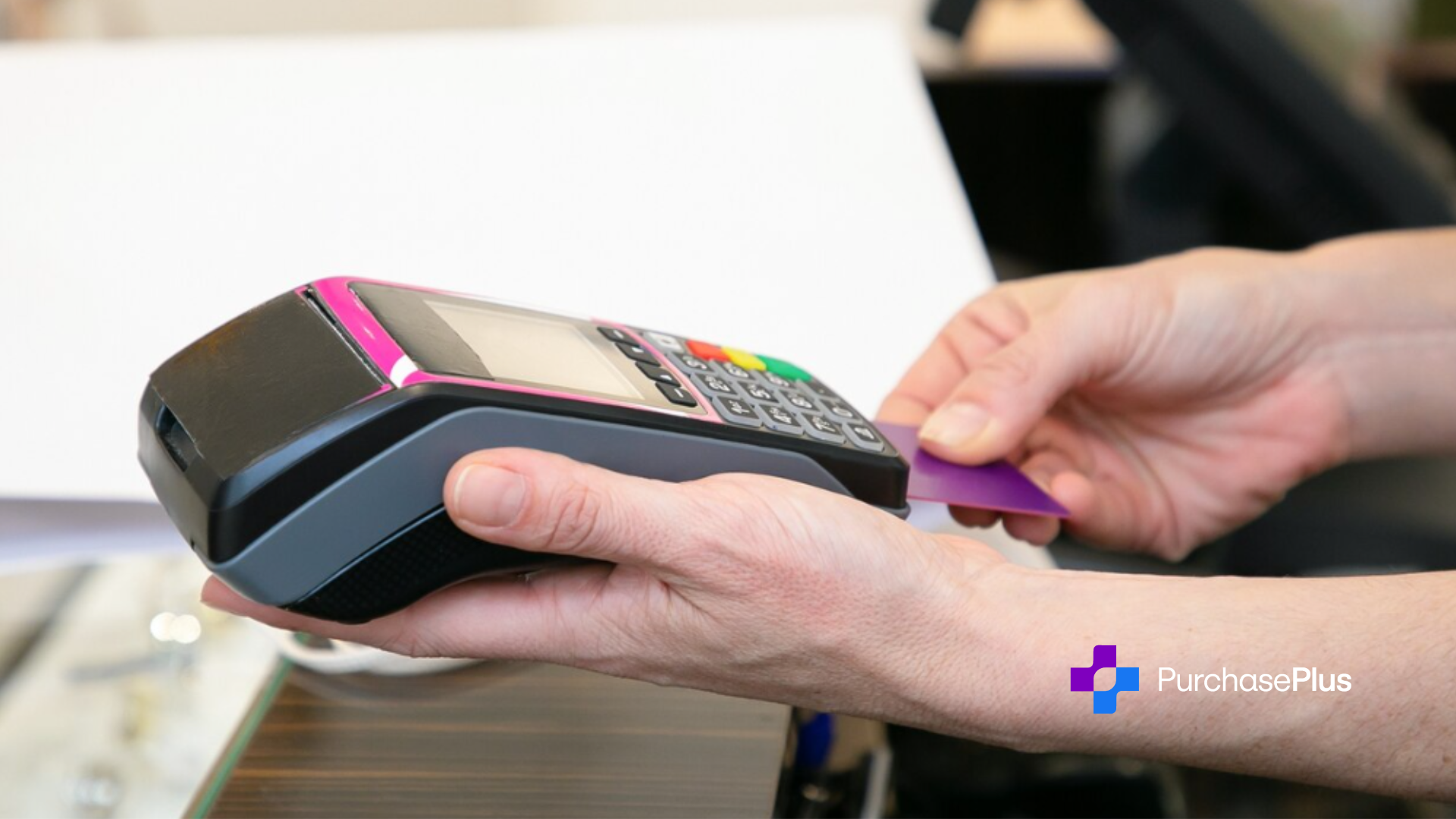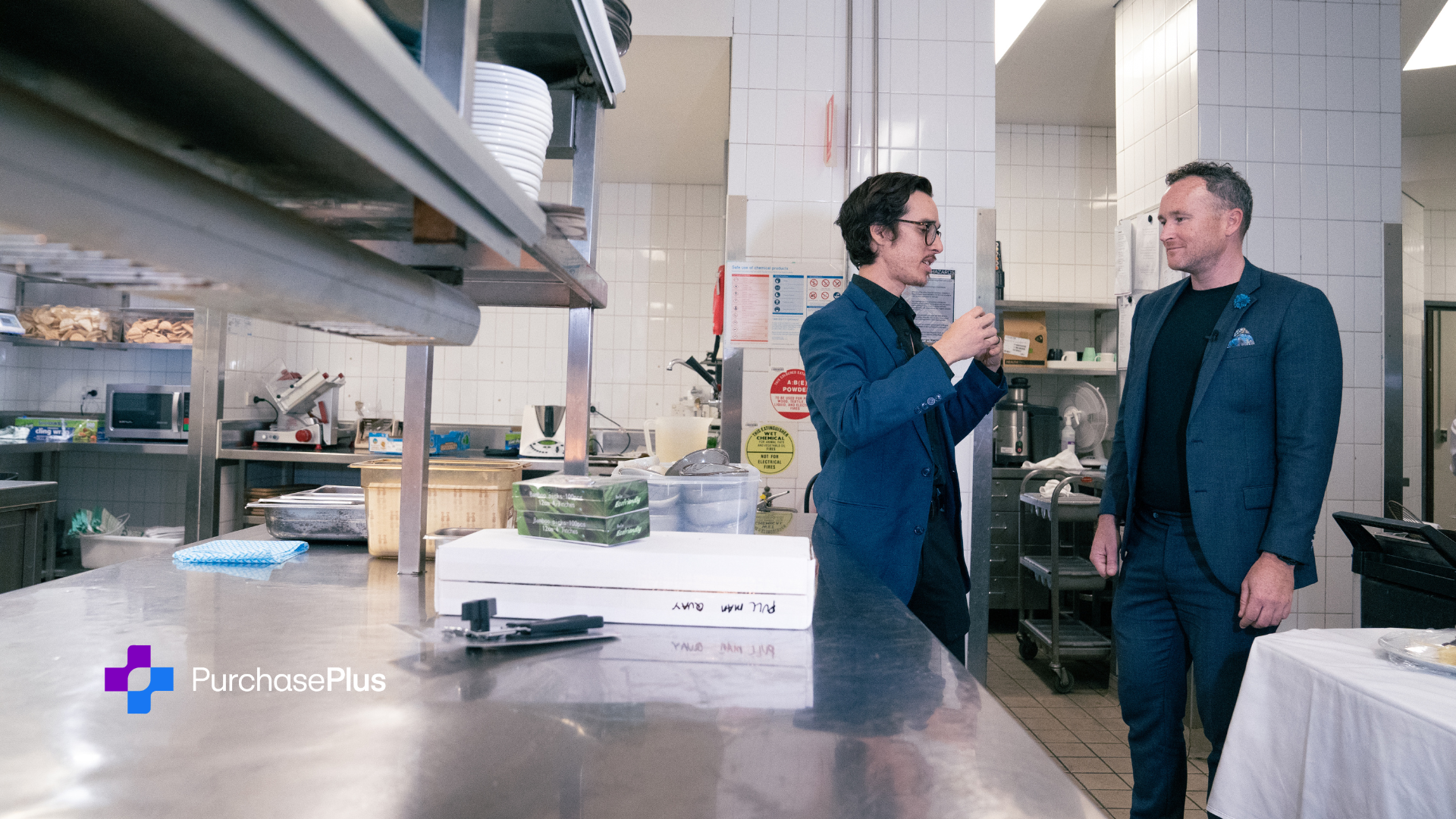Procure-to-Pay
.png)
5 Reasons Why Hotels Should Jump on the Local Purchasing Trend

Why a Data Strategy Is Key to Menu Engineering Success

Why Upgrading Your POS System in 2025 is a Game-Changer

The Future of Reusables in the Hospitality Industry

Remote Work in Hotels: Managing Quality Without Being On-Site

Why Food and Beverage Revenue is the Hotel Industry’s Best-Kept Secret

Understanding the Economics of Hotels

What Generates the Largest Revenue in a Hotel?

Hotel Profitability: The Ultimate Guide to Hotel Revenue Management

How to Increase Hotel Revenue: 7 Tips for Small Hotels

Priority Tactics for Better Supplier Engagement

Navigating the Future: Key Hospitality Trends Shaping 2025

Enhancing Inventory Management in the Food Production Industry: Challenges and Solutions
.png)
Boosting Hotel's Restaurant Profitability in 2025

Strategic Sourcing: Combatting Inflation & Elevating Profitability in the Food & Beverage Sector

Revolutionizing Food and Beverage Procurement with AI Technology

What is the Royal Warrant? Know the 61 Hospitality Suppliers Approved by King Charles for 2025

Revolutionizing Restaurant Operations: Data-Driven Digital Innovation and Sustainable Growth Strategies

Revitalizing British Luxury: Heritage Hotels and Tech-Driven Coastal Resorts Redefine UK Hospitality
.png)
Why Staying the Same is Costing You More Than You Think

Swimming for Change: PurchasePlus CEO Malcolm Jull Takes the Plunge for Youth Mental Health

Wine Trends 2025: Elevate Guest Experiences and Boost Profits in the $434 Billion Industry

Enhancing Sustainability in the $9 Trillion Hospitality Food Supply Chain

The UK's Largest Freezer: A Glimpse into the Future of Food and Hospitality

Extreme Weather Causes Cocoa and Coffee Prices to Double and Further Food Price Volatility: Implications for the Hospitality Industry

Asia-Pacific Hotel Performance: Navigating 2025 with PurchasePlus

Hotel Industry Forecast 2025: Development, Labor, F&B, and More

The Best Hotel Tech Apps of 2025

Hospitality Procurement Trends 2025: What's In and What's Out
.png)
Streamlining Hotel Procurement for Maximum Profitability with PurchasePlus

The Strategic Imperative of Enhanced Supplier Engagement
In the contemporary business ecosystem, marked by intricate global supply chains and heightened market volatility, the strategic importance of enhanced supplier engagement has never been more pronounced. It extends far beyond mere transactional interactions, evolving into a pivotal driver of operational excellence, innovation, and sustainable growth. Organizations that proactively cultivate and nurture robust supplier relationships are better equipped to navigate challenges, capitalize on opportunities, and achieve a competitive edge. This article delves into the essential tactics and technological solutions that empower businesses to elevate supplier engagement, fostering a collaborative environment that propels mutual success.
Quantifying the Impact: The Indispensable Role of Supplier Engagement in Business Success
The impact of robust supplier engagement is quantifiable and profound. Studies consistently demonstrate that companies with strong supplier relationships experience significant improvements in key performance indicators. According to a report by Aberdeen Group, organizations with effective supplier collaboration achieve a 16% improvement in on-time delivery rates and a 15% reduction in procurement costs. Furthermore, research from McKinsey & Company reveals that companies that actively engage their suppliers can reduce operating costs by up to 9%. Beyond financial metrics, strong supplier engagement fosters innovation, enhances product quality, and strengthens brand reputation. Conversely, neglecting supplier relationships can lead to costly disruptions, quality inconsistencies, and diminished customer satisfaction.
Navigating the Landscape: Key Challenges in Supplier Engagement and Collaboration
Despite the compelling benefits, supplier engagement presents a myriad of challenges that businesses must address strategically. Inconsistent communication remains a primary hurdle, often leading to delays, misunderstandings, and misaligned expectations, hindering collaboration and efficiency. A lack of strategic alignment, where divergent priorities and operational constraints exist between businesses and suppliers, can create friction and impede the achievement of shared goals. Limited transparency, characterized by insufficient visibility into supplier operations and performance metrics, can result in inefficiencies, cost overruns, and increased risks. Moreover, the difficulty in performance evaluation, stemming from a lack of accurate and timely data, hampers businesses' ability to assess supplier performance, identify areas for improvement, and make informed decisions. In global supply chains, cultural and geographical barriers, including differences in cultural norms, language, and time zones, can further complicate communication and collaboration. Addressing these challenges necessitates a proactive, structured approach that prioritizes open communication, strategic alignment, and data-driven decision-making.
Actionable Strategies: Key Tactics for Strengthening and Optimizing Supplier Relationships
Establishing Robust and Open Communication Channels
Clear, consistent, and timely communication is the cornerstone of effective supplier relationships. Implementing regular meetings, utilizing collaborative platforms, and establishing clear communication protocols ensures that both parties are aligned and informed. This involves setting up designated points of contact, utilizing project management software for shared tasks, and creating feedback mechanisms for both parties to address concerns promptly.
Strategic Alignment: Aligning Business Goals with Supplier Objectives
Collaborating with suppliers to align strategic goals and objectives fosters a sense of partnership and mutual success. Jointly defining performance targets, sharing strategic insights, and conducting regular reviews ensures that both parties are working towards common goals. This includes aligning on quality standards, sustainability targets, and innovation roadmaps.
Fostering a Culture of Transparency and Mutual Trust
Transparency in procurement practices builds trust and strengthens supplier relationships. Providing access to real-time data on inventory levels, demand forecasts, and payment schedules empowers suppliers to make informed decisions and enhance their performance. This also involves sharing information on upcoming changes in business strategy and market conditions that may affect suppliers.
Investing in Supplier Growth: Training and Development Programs
Empowering suppliers through training and development programs enhances their capabilities and improves their performance. Offering workshops, online resources, and hands-on training demonstrates a commitment to supplier growth and fosters long-term collaboration. This might include training on new technologies, quality management systems, or compliance requirements.
Driving Performance Excellence: Implementing Reward and Incentive Programs
Recognizing and rewarding top-performing suppliers incentivizes continuous improvement and fosters a culture of excellence. Implementing performance-based rewards, preferred supplier status, and financial incentives motivates suppliers to exceed expectations. This can be tied to specific performance metrics like on-time delivery, quality, or cost reduction.
Technological Transformation: How Technology Enhances Supplier Engagement and Collaboration
Modern procurement platforms and technologies play a pivotal role in streamlining supplier engagement and enhancing collaboration.
Streamlining Operations: Utilizing Supplier Portals for Efficient Management
Supplier portals provide a centralized platform for communication, order management, and performance tracking. These tools streamline workflows, reduce manual errors, and enhance transparency, improving overall efficiency. This includes features like automated order processing, real-time inventory updates, and secure document sharing.
Data-Driven Decision-Making: Using Analytics for Strategic Insights
Analyzing supplier performance data through advanced analytics enables businesses to make informed decisions and optimize their procurement strategies. AI-powered analytics can identify trends, forecast demand, and highlight areas for cost optimization, reducing risks and improving reliability. This involves using dashboards to track key performance indicators, generating reports on supplier performance, and using predictive analytics to anticipate potential issues.
Conclusion: Building Resilient and Future-Proof Supply Chains Through Strategic Engagement
Supplier engagement is a strategic imperative for businesses seeking to build resilient and future-proof supply chains. By implementing the key tactics outlined in this article and leveraging advanced technology solutions, organizations can foster strong, collaborative partnerships that drive innovation, enhance efficiency, and ensure long-term success.